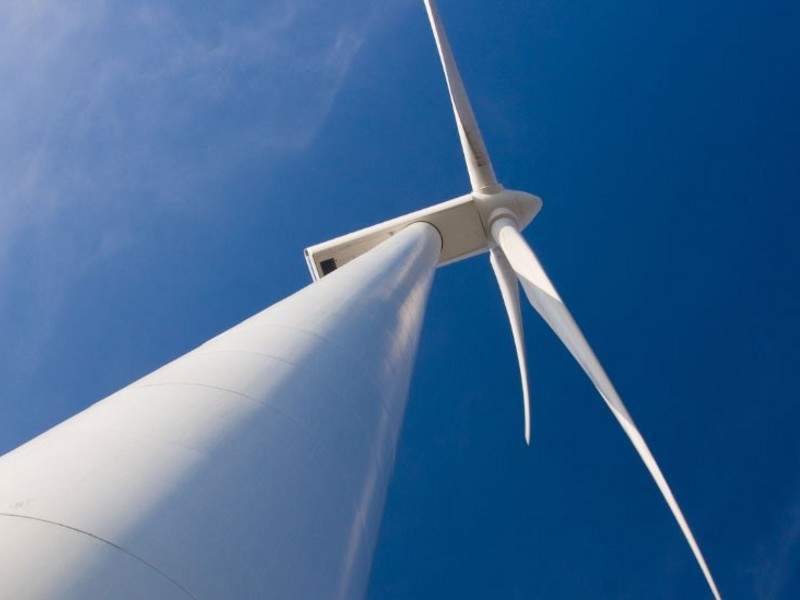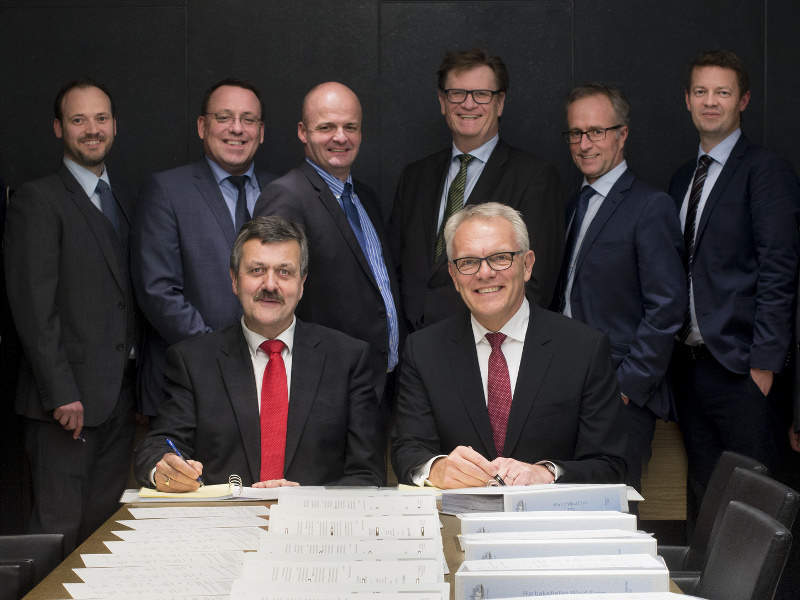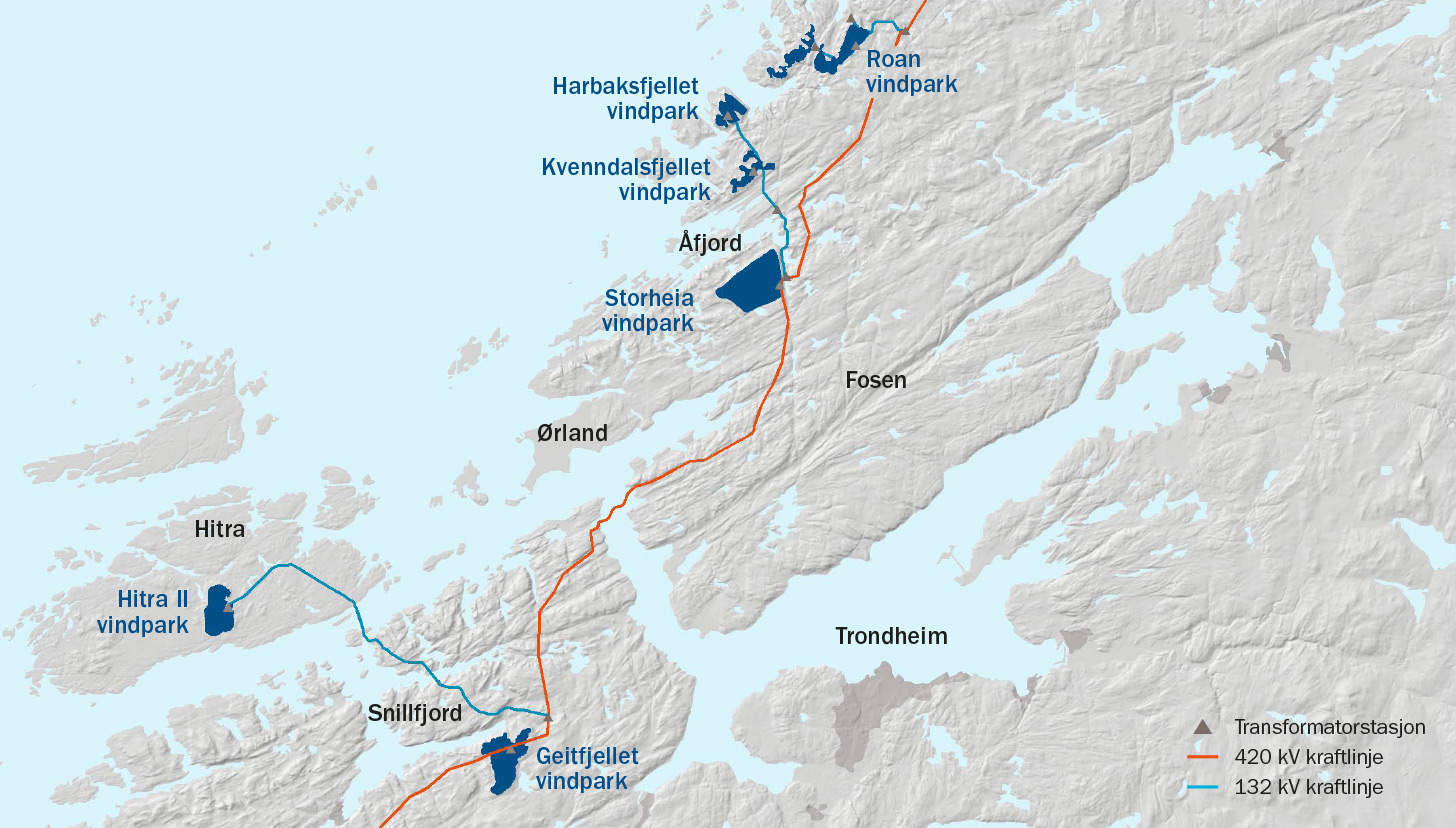Fosen Vind is an onshore wind project encompassing the development of six wand farms in the Trøndelag County of Central Norway. With a combined capacity of 1GW, Fosen Vind is touted to be the biggest onshore wind power project in Europe.
The wind energy complex is being developed by Fosen Vind, a joint venture between StatKraft (52.1%), Nordic Wind Power (40%), and TrønderEnergi (7.9%) with an estimated investment of NOK 11bn ($1.3bn).
Norwegian state-owned power company, Statkraft, is responsible for the execution of the Fosen Vind project.
Construction on the project started in 2016 and full operational capacity is expected to be achieved in 2020.
The Fosen Vind project is expected to generate 3.4TWh of clean energy a year, which will be enough to power approximately 170,000 Norwegian households.
Fosen Vind project site details
The six wind farms in the Fosen Vind project are named Roan, Kvenndalsfjellet, Hitra 2, Harbaksjellet, Geitfjellet, and Storheia. The wind farms will be located in a coastal area that spans the Fosen peninsula, the island of Hitra and the Snillfjord municipality in Trøndelag county of Norway.
The Harbaksfjellet, Roan, Storheia and Kvenndalsfjellet wind farms with a combined capacity of 750MW are being developed to the north of the Trondheim fjord, whereas the Geitfjellet and Hitra 2 wind farms with 250MW combined capacity are being developed to the south of Trondheim fjord.
The six wind farms will be accessed through 241km of newly constructed access roads.
Fosen Vind turbine details
The six wind farms of the Fosen Vind project will be equipped with a total of 278 Vestas wind turbines of 3.6MW rated capacity and 87m hub height each.
Out of the 278 turbines, 248 will be of V117-3.45MW model and the remaining 30 will be V112-3.45MW turbines.
With 117m-rotor diameter and three 57.2m-long blades, each V117-3.45 MW turbine will have a swept area of 10,751m².
The V112-3.45MW turbines, with 112m-rotor diameter and 54.7m blade length, will offer 9,852m² of swept area.
The cut-in and cut-out wind speeds for both the turbine variants are 3m/s and 25m/s, respectively.
Fosen wind farms make-up
The 255.6MW Roan wind farm, the first wind farm to be realised in the Fosen Vind project, will feature 71 turbines. Construction of the wind farm started in April 2016, turbine installation was completed in August 2018, and operations are expected to begin by the end of 2018.
To be equipped with 80 turbines, the 288MW Storheia wind farm will be the biggest wind farm of the Fosen Vind project. Its construction started in 2016, while operations are expected to start in 2019.
The remaining four wind farms of the project broke ground in 2018. The 93.6MW Hitra 2 wind farm with 26 turbines is expected to commence operation in 2019.
The 100.8MW Kvenndalsfjellet wind farm (28 turbines), the 108MW Harbaksjellet wind farm (30 turbines) and the 154.8MW Geitfjellet wind farm (43 turbines) are expected to commence production in 2020.
Transmission
The electricity generated from the project will be fed to the national grid through 132kV transmission lines connecting the new 420kV transmission line from Namsos to Trollheim.
Financing
SEB commercial bank is providing €76m ($88m), while Danish export credit agency EKF is providing €152m ($176m) financing for the Fosen Vind project.
Contractors involved with the Fosen Vind project
Multiconsult is engaged as owner’s engineer for the Fosen Vind project.
Vestas received the turbine supply order for the project in February 2016. The contract includes installation and commissioning of the turbines along with a 20-year service and support agreement.
Wood Group was chosen to perform power performance testing for the project in August 2017.
Linka is the electrical engineering contractor for the Fosen Vind project.
Nexans was subcontracted by Linka to supply 200km of 36 kV underground cables for the Roan wind farm in March 2017.
Johs. J. Syltern is the construction contractor for Roan, Kvenndalsfjellet and Harbaksfjellet wind farms.
Peikko Norge was awarded the rock foundation contracts for Storheia and Hitra 2 wind farms in August 2017 and March 2018, respectively.






